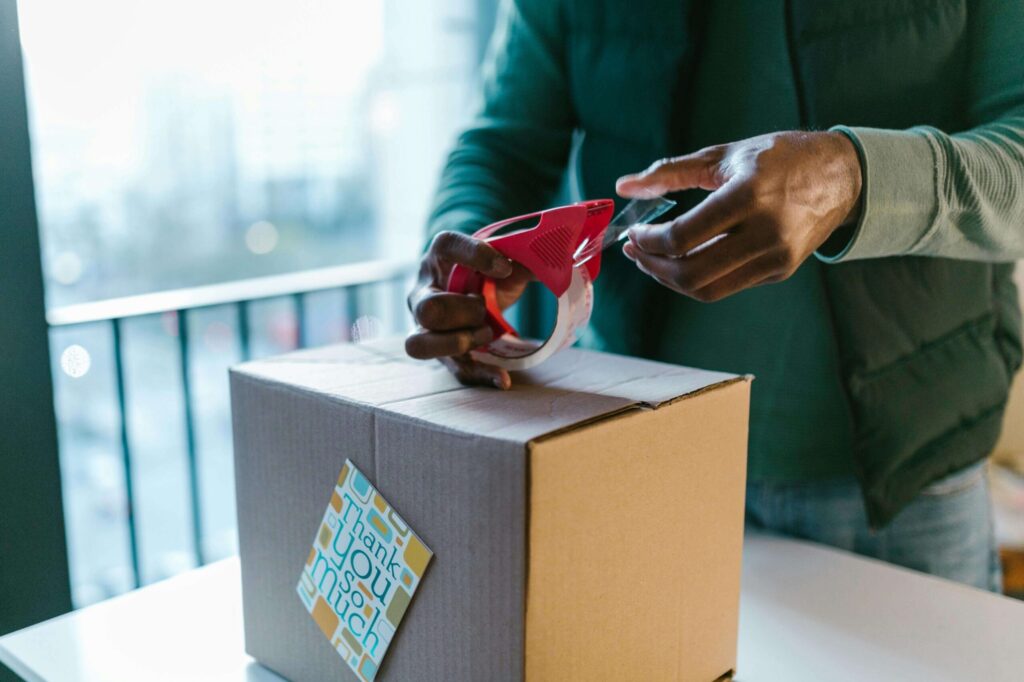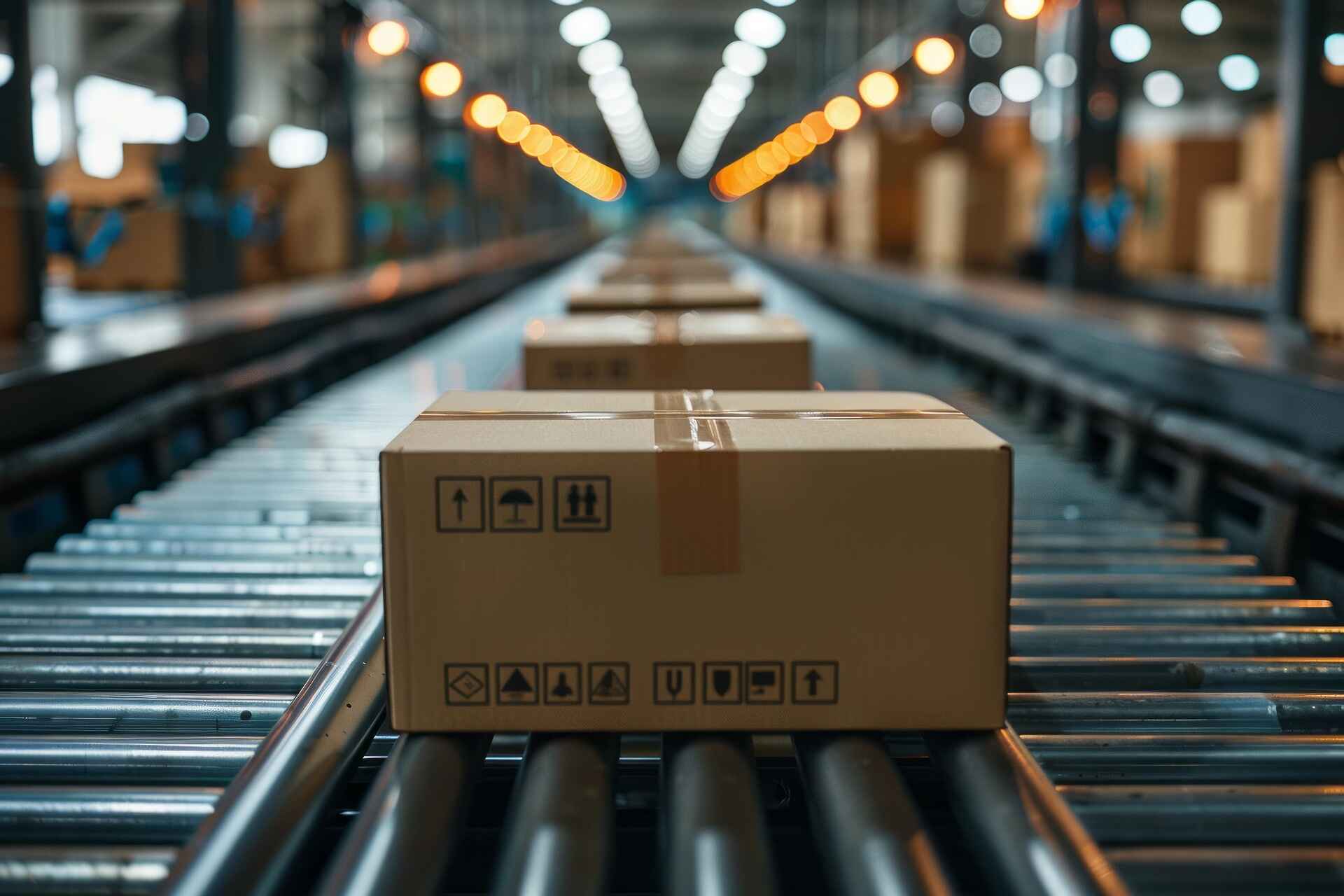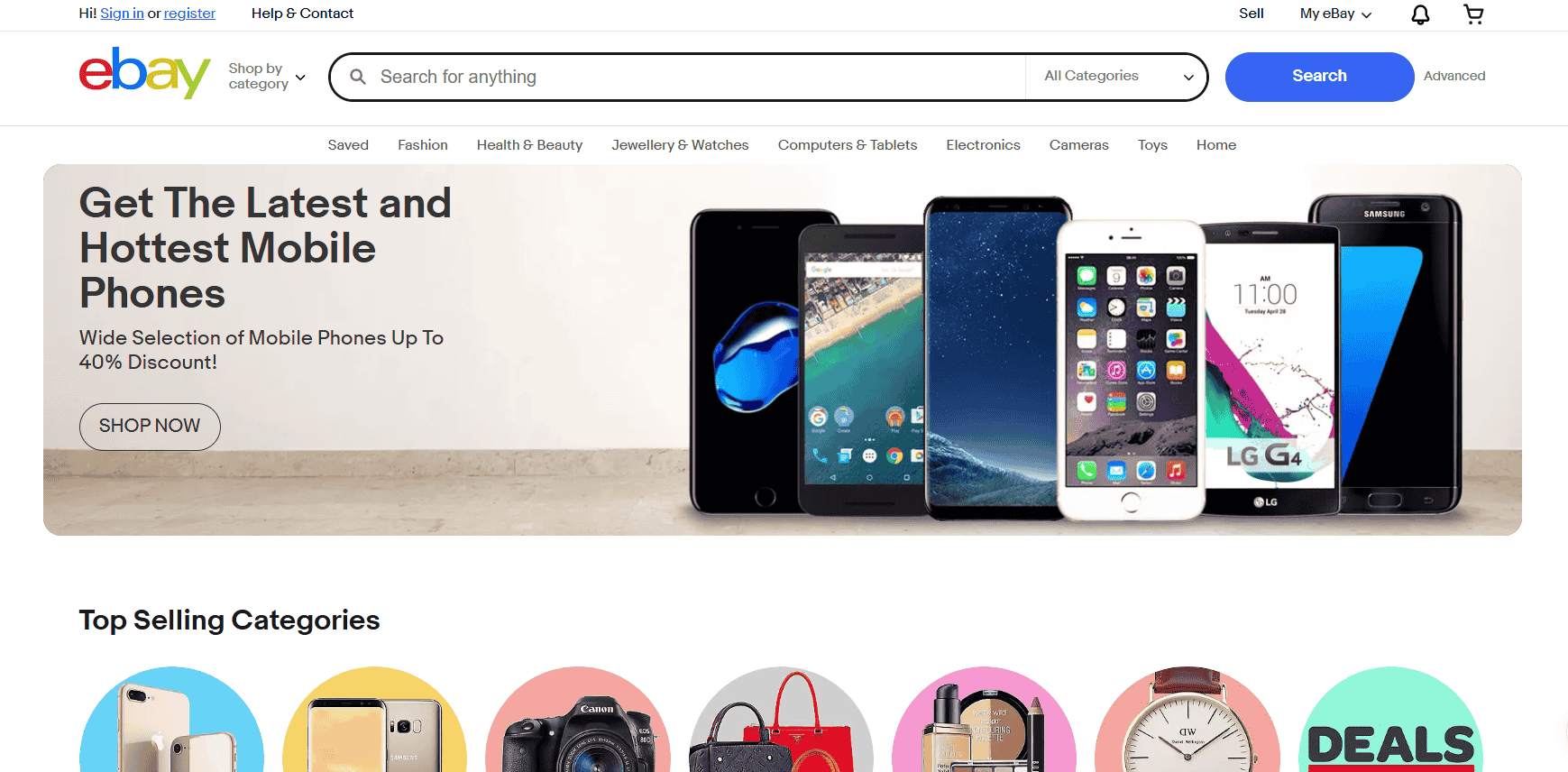Growing an online store takes more than great products and clever marketing. What often separates a thriving business from one that quietly fizzles out is how well you handle ecommerce fulfillment.
It’s the engine behind the scenes: packing orders, shipping them out on time, keeping tracking accurate, and making returns hassle-free. Customers notice when it runs smoothly. They also notice when it falls apart.
I’ve worked with ecommerce sellers at all stages, from scrappy startups to scaling brands, and nearly all of them hit the same wall: fulfillment. Some wasted time managing slow, outdated warehouse systems.
Others lost thousands because they didn’t fully understand how shipping zones impact cost. I’ve seen one seller unknowingly spend more shipping a $25 item than they made in profit, all because their inventory was stored in the wrong state.
-
Ecommerce fulfillment directly affects customer satisfaction, profit margins, and your ability to scale.
-
Choosing between in-house, 3PL, dropshipping, or FBA depends on your order volume, goals, and capacity to manage logistics.
-
Using regional fulfillment centers and the right carriers can significantly reduce domestic shipping costs in the U.S.
-
Tariffs like those imposed under Section 301 can disrupt your supply chain, but strategies like sourcing alternatives and bonded warehouses help offset the impact.
-
The future of ecommerce fulfillment includes AI-driven forecasting, sustainable packaging, and micro-fulfillment centers for faster, smarter delivery.
Ecommerce fulfillment is part of your customer experience. Every delay, overcharge, or damaged box affects how people see your brand. So if you’re at a point where you’re trying to scale but unsure which route to take, this guide will walk you through what actually works.
From fulfillment costs and international shipping to tariffs and tech trends, we’ll break it down in real terms, with real examples from sellers who’ve been where you are.
What Is Ecommerce Fulfillment?
Ecommerce fulfillment refers to the entire process of receiving, storing, packing, and shipping products to your customers.
It starts the moment someone places an order on your site and ends when that product reaches their doorstep. It also includes handling returns, exchanges, and inventory restocking.
This process may seem straightforward at first—box up an item and ship it out—but behind the scenes, there are dozens of moving parts that all need to work together.
One missed scan or delayed pickup can lead to an angry customer, a refund request, or even a negative review that sticks to your brand like glue. That’s why a reliable ecommerce fulfillment setup isn’t optional. It’s foundational.
There are three key components:
Warehousing
This is where your inventory sits while waiting to be ordered. It could be a shelf in your spare room or a full-service warehouse operated by a third-party logistics provider.
Either way, the location of that warehouse affects shipping speed, especially in the U.S. where zone-based pricing can make or break your profit margin.
Order processing
This covers everything from picking the right product to packing it securely. It may sound simple, but packing errors are more common than you think, and costly.
I had a client who was losing up to 12% of orders each month due to packing mistakes from their fulfillment center. We caught it early, but the lesson was clear: precision matters.
Shipping
This is the part customers care about most. It’s where expectations are set and either met or broken. You might offer free 2-day shipping, but if your backend fulfillment can’t actually make that happen, you’re setting yourself up for disappointed customers and rising churn.
Whether you fulfill orders yourself or hire a partner, your strategy directly affects customer satisfaction, shipping times, and your bottom line.
Some of the online sellers I’ve worked with saw a jump in positive reviews just by improving their ecommerce fulfillment workflows: faster ship times, fewer errors, and clearer tracking updates made all the difference.
Your packaging is often the first physical interaction someone has with your brand, and if it arrives late, damaged, or incorrect, that moment of trust is gone. So make it count.
Main Ecommerce Fulfillment Options Compared
Let’s take a closer look at the top fulfillment models so you can decide which one fits your business stage and budget.
Each model has its own strengths, limitations, and hidden costs, and the right choice depends not just on how many orders you’re handling today, but how quickly you’re planning to grow.
1. In-House Fulfillment
You store, pack, and ship all products yourself. This gives you full control but also puts the workload on your shoulders.
- Pros: Direct oversight, brand control, better margins if volume is low.
- Cons: Labor-intensive, limited scalability, higher error rates.
This setup works well for early-stage sellers or brands with niche, handmade items that require personal touches, like customized packaging or handwritten notes.
I’ve worked with a seller who ran a small jewelry business and thrived with in-house fulfillment because she could inspect every item before shipping.
But as soon as her order volume grew past 40 orders a day, the pressure became overwhelming. She had to either hire help or risk burnout, and burnout came fast.
The tipping point usually shows up when your fulfillment tasks start eating into the time you could spend on marketing, sourcing, or customer support. That’s when in-house stops making sense financially, even if it seems cheaper on paper.
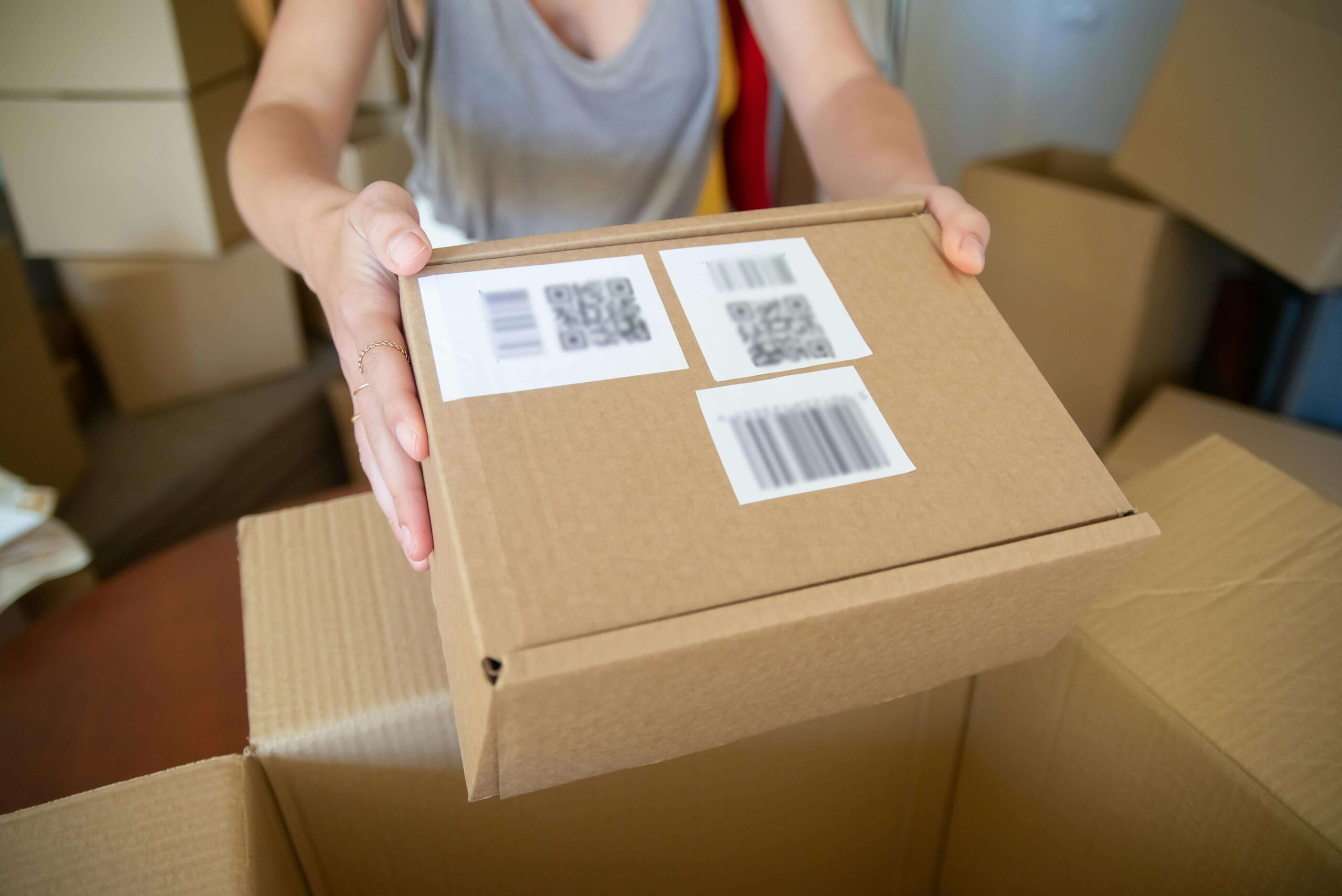
2. Third-Party Logistics (3PL)
3PLs handle storage, packing, and shipping on your behalf. Think of companies like ShipBob, Deliverr, or Red Stag.
- Pros: Scalable, faster shipping, lower labor costs.
- Cons: Less control, integration learning curve.
3PLs are ideal once you’re moving consistent monthly volume or expanding into multiple sales channels. One of my clients had their “aha” moment when they hit 150 orders a week. They were still packing boxes in their garage and losing track of inventory between platforms.
Once we moved their operation to a 3PL, they went from spending 12 hours a week on shipping to just 30 minutes managing their dashboard. That shift let them focus on building ad campaigns and launching a new product line.
Just be prepared to do some onboarding work. The systems are powerful, but they’re not plug-and-play. Make sure your 3PL integrates smoothly with your ecommerce platform, marketplace, and inventory tools before signing anything.
3. Dropshipping
You don’t hold inventory. A supplier ships orders directly to customers.
- Pros: Low upfront costs, easy to test products.
- Cons: Thin margins, less control over quality and delivery times.
Dropshipping is perfect if you’re exploring product ideas or just want to get your feet wet without the risk of buying inventory upfront. You can launch a store in a weekend with platforms like Shopify and apps like DSers or Spocket.
That said, I’ve seen sellers run into trouble when suppliers changed shipping times without notice or when product quality didn’t match the photos.
One seller even had to deal with an entire batch of t-shirts arriving with crooked prints, something they didn’t know about until customers started complaining.
It works best as a short-term test strategy or for low-maintenance side income. Long-term, you’ll likely want to transition into something more stable and profitable.
4. Fulfillment by Amazon (FBA)
You send your inventory to Amazon, and they handle the rest.
- Pros: Prime badge access, trusted shipping, great for visibility.
- Cons: Expensive storage fees, strict inventory rules.
FBA is a powerhouse if most of your traffic comes from Amazon. Getting the Prime badge increases conversion rates. Some estimates say by up to 70%. That kind of trust can translate into serious revenue.
But there’s a trade-off. Amazon’s storage fees pile up quickly, especially during Q4 or if your products don’t move fast. I had a client lose nearly $4,000 in long-term storage fees after misjudging their holiday inventory demand. The item eventually sold out, but not before cutting deep into their profits.
You also need to follow Amazon’s rules to the letter: labeling, packaging, and timing are non-negotiable. So it’s a great option if you’re ready to scale and play by their system, but not if you’re still testing the waters.
Choosing your ecommerce fulfillment model is like choosing the engine for your business. It powers everything behind the scenes. Get it right, and you can scale with confidence. Get it wrong, and you’ll spend more time fixing problems than growing your brand.
Cost-Efficient Ecommerce Fulfillment in and out of the U.S.
Cost is a major factor when choosing a fulfillment strategy. Whether you’re bootstrapping or managing a growing team, every dollar counts, and the way you handle ecommerce fulfillment can either stretch your budget or silently drain it. I’ve seen both happen.
Many new sellers assume that cheaper fulfillment means cutting corners, but that’s not the case. The key is knowing where your money is actually going, because costs don’t end at the shipping label.
You’re also paying for storage, packing, labor, software integrations, and sometimes even customer returns. If you don’t track these, your profit margins can quietly disappear.
Domestic Shipping Tips
When it comes to ecommerce fulfillment in the U.S., small tweaks in your shipping setup can lead to big savings. The key is understanding how location and carrier choice directly affect your costs and delivery speed.
Here are two practical strategies I’ve used with clients to help them lower expenses without sacrificing customer satisfaction.
1. Use regional fulfillment centers.
This single move can transform your shipping costs. Let’s say you’re storing all your inventory in a California warehouse, but most of your orders come from the East Coast. You’re shipping into higher zones, meaning longer transit times and higher rates.
By storing some of your inventory in a fulfillment center closer to New York or New Jersey, you lower your average shipping zone. FedEx reports that Zone 2 shipments (within 150 miles) cost up to 40% less than Zone 5 or above. That’s not small change. It’s margin you can reinvest.
2. Compare carriers.
USPS works best for small and light items. Think accessories, cosmetics, or clothing under a pound. UPS and FedEx handle heavier, fragile, or high-value orders better.
One of my clients, who ships handcrafted ceramic mugs, saved money by switching from USPS to UPS after realizing that breakage rates dropped and packaging requirements were more flexible.
It’s not always about the cheapest option. It’s about the one that delivers the product safely, on time, and at a consistent cost.
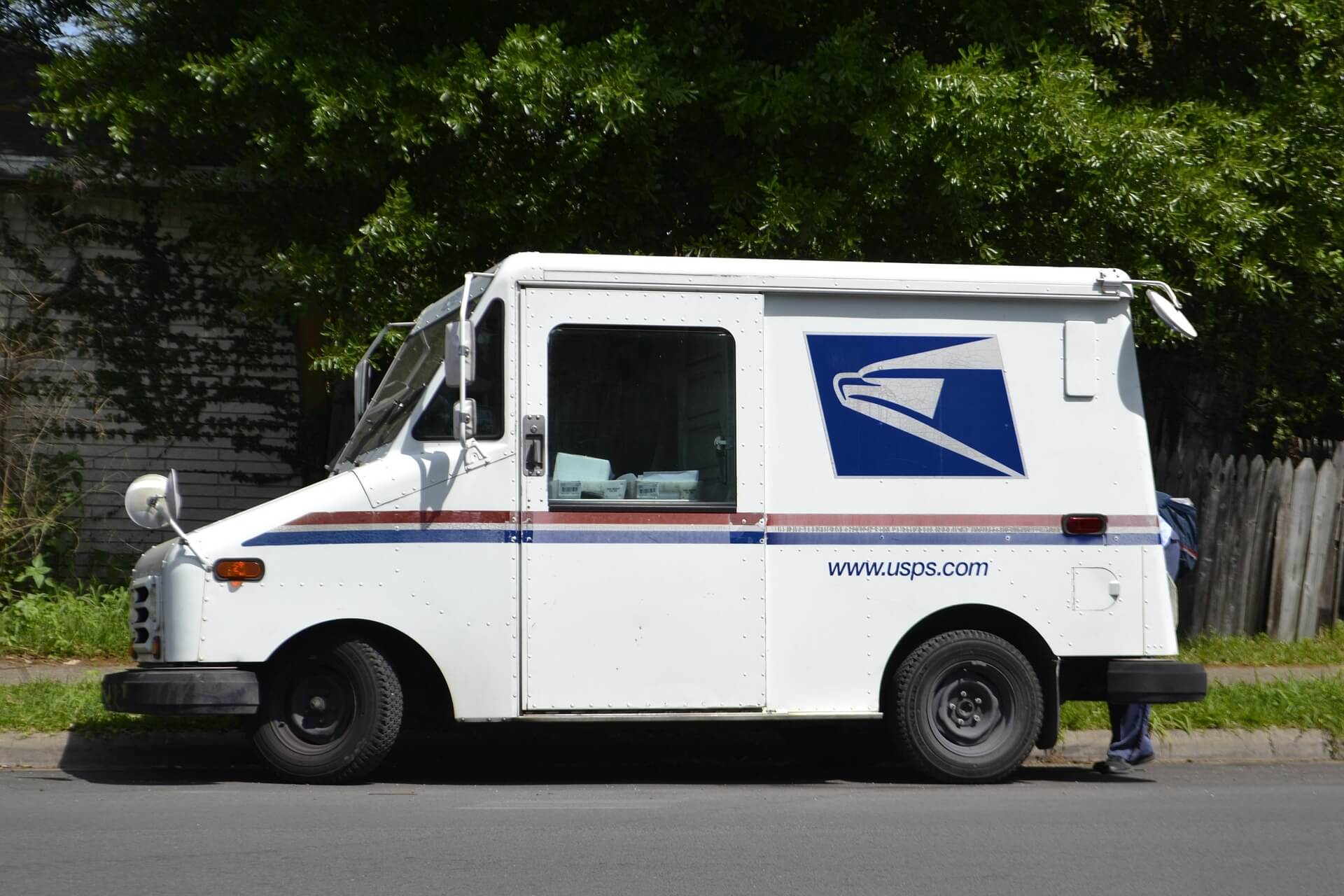
International and Cross-Border Fulfillment
Shipping across borders adds complexity. Now you’re dealing with customs clearance, taxes, import duties, and international carrier reliability.
If you plan to ship from the U.S. to Europe, Canada, or Asia, your ecommerce fulfillment setup has to account for both cost and compliance.
One of my clients was fulfilling all orders from a Texas warehouse, even for European customers. Shipping was slow, and the customs process caused delays.
Once we moved part of their inventory to a fulfillment provider with hubs in Germany and Ontario, shipping times improved, and they saw a 27% drop in average international shipping costs.
Orders arrived faster, and customers stopped abandoning carts due to high international shipping fees at checkout.
Use DDP (Delivered Duties Paid) shipping
This option covers all customs and import taxes before the product arrives, making it a smoother experience for your customer. No surprise fees, no packages stuck in customs.
It’s a small change that builds a lot of trust. Shoppers want to know what they’re paying upfront, and they hate it when their package is held hostage by duties they didn’t expect.
Here’s a quick comparison to help you weigh your options:
Fulfillment Model Avg. Cost/Order Ideal For
In-House $7–$12 Startups, handmade goods
3PL $6–$10 Scaling brands
Dropshipping $8–$15 Product testing, side income
Amazon FBA $8–$14 Amazon-first sellers
This chart gives you a rough range, but keep in mind: hidden costs can creep in depending on the volume, storage duration, and complexity of your packaging.
That’s why I always tell my clients to audit their fulfillment costs every quarter. Things change fast in ecommerce, and what was affordable three months ago could be quietly costing you today.
The Impact of Trump’s Tariffs on Ecommerce Fulfillment
During the Trump administration, Section 301 tariffs imposed up to 25% duties on thousands of goods imported from China. This significantly raised the cost of importing everything from electronics to furniture.
For many ecommerce businesses, this shift came like a sucker punch. One day, importing from China was the most cost-effective option. The next, it wiped out profit margins entirely. I worked with a seller who had a best-selling Bluetooth speaker priced competitively at $10 per unit.
After tariffs hit, their landed cost jumped to $12.50 before fulfillment, marketing, or platform fees were even factored in.
That 25% spike meant the product they relied on to drive volume was now barely breaking even. And that’s without counting shipping costs, which were also rising due to global supply chain issues.
Multiply that cost increase across multiple SKUs, and it’s easy to see why some sellers had to shut down products, cancel launches, or reprice everything just to stay afloat.
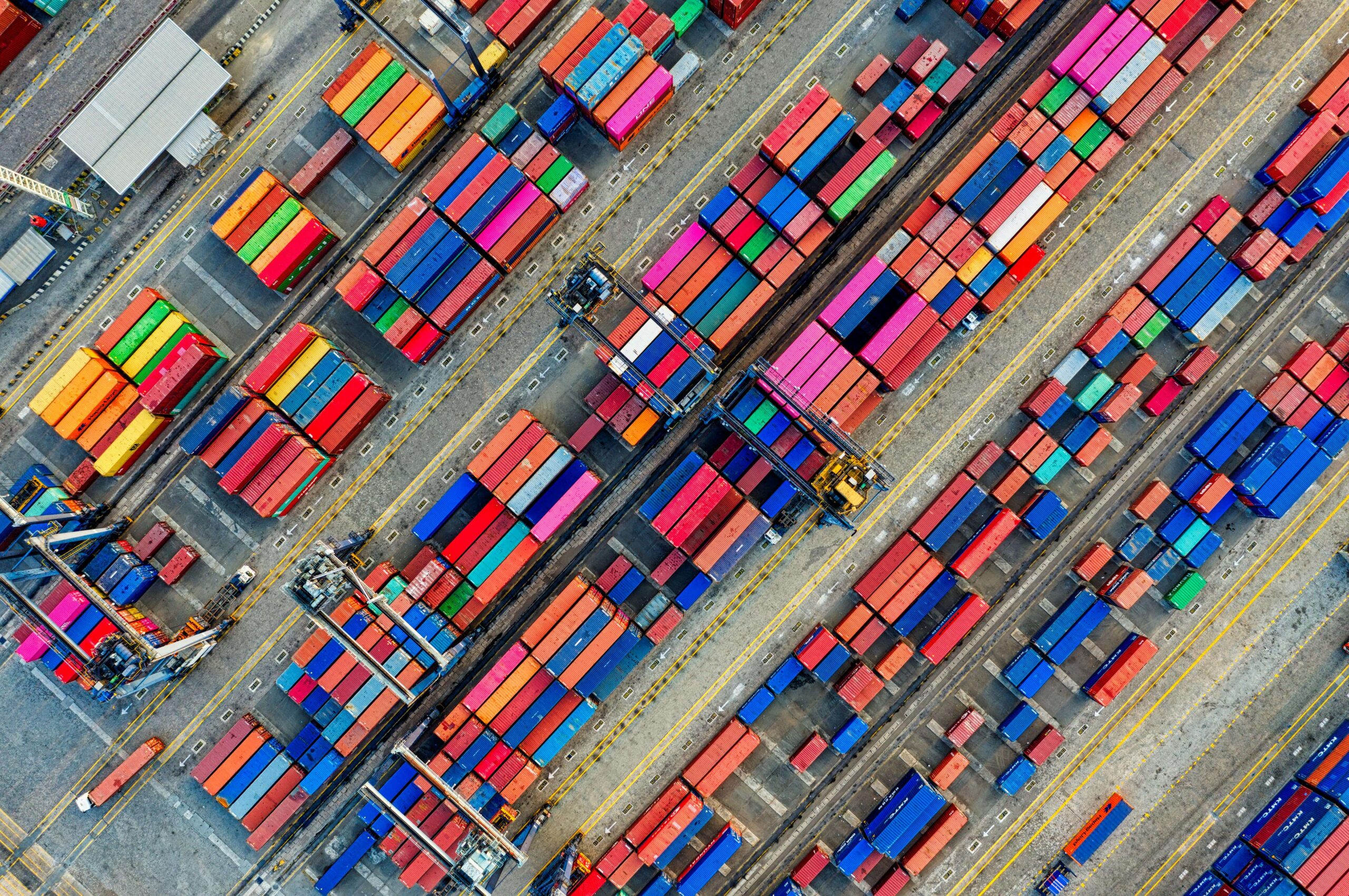
Tariffs impacted product cost and disrupted forecasting, inventory planning, and supplier relationships.
So, what can you do if your products are still tariff-heavy?
Source from alternative countries like Vietnam, India, or Mexico. Many manufacturers in these regions have stepped up their game in both quality and lead time.
I’ve helped a few clients shift production to Vietnam and reduce their costs by up to 18%, even after adding in slightly higher freight charges. You also lower your risk by diversifying your supply chain outside of China.
Use bonded warehouses. This is a smart workaround if you’re importing in bulk. Instead of paying duties the moment your goods land in the U.S., a bonded warehouse lets you defer those fees until the product is actually sold.
It gives you more breathing room for cash flow. Especially if you’re testing market demand or staggering inventory release, this setup can be a financial cushion.
Reclassify goods correctly. HS codes can get tricky, and even a small error can increase your duties. One of my clients was paying 15% more in tariffs because their product was misclassified as “audio equipment” instead of “computer accessories.”
After consulting a customs expert and correcting the code, they saved thousands in Q1 alone. This is one of those backend tasks that gets ignored until it costs you.
The reality is, tariffs are part of the global ecommerce landscape now. They force you to rethink your sourcing, fulfillment timing, and even your product pricing.
But if you learn to adapt, you won’t just protect your margins. You’ll build a more resilient operation that isn’t thrown off course every time a trade policy shifts.
The Future of Ecommerce Fulfillment
Fulfillment is evolving fast, and if you want to stay competitive, you need to adapt to the trends shaping the future. Ecommerce fulfillment isn’t frozen in time.
It’s being reengineered in real time by advances in technology, shifting consumer behavior, and rising expectations around speed, sustainability, and transparency.
Automation and AI
Warehouses are no longer just racks, forklifts, and people with barcode scanners. Robotics and AI are changing the rhythm of how orders move through a facility.
Amazon Robotics, for instance, can reduce labor costs by up to 20%, according to McKinsey. That’s a massive edge in an industry where margins are already thin.
But it goes deeper than just automation. AI is now being used to forecast demand and avoid overstocking or understocking. If you’ve ever been stuck with 500 units of a product that stopped selling, you know how painful deadstock can be.
One client I worked with was able to cut storage costs by nearly 30% by using predictive software to stagger inventory shipments based on actual sales velocity, not guesses.
AI is also improving delivery routing. Real-time adjustments based on traffic, weather, and customer availability help reduce late deliveries and failed drop-offs. It’s invisible to the customer, but when things show up on time every time, that consistency builds serious trust.
Sustainable Fulfillment
More shoppers are voting with their values, and ecommerce brands are being held to higher standards. A growing number of consumers now factor sustainability into their buying decisions, especially Millennials and Gen Z.
- Recyclable, compostable, and biodegradable packaging is becoming a standard rather than a luxury. It’s something customers actually talk about in reviews.
- Carriers like UPS and DHL now offer carbon-neutral shipping options, letting sellers offset emissions automatically. That may seem like a minor checkbox at checkout, but in practice, it adds up. One client saw a 12% increase in return customers after switching to eco-packaging and advertising it in their post-purchase emails.
In short, sustainability can boost brand perception and retention if you lean into it with intent.
Micro-Fulfillment Centers
Same-day delivery used to be a logistical headache for smaller retailers. Now, with micro-fulfillment centers popping up in major cities, it’s a realistic and scalable option, even for midsize brands.
Retailers are moving inventory closer to the customer, not just to ship faster, but to ship smarter. Shopify Fulfillment Network, for example, is testing smaller, more distributed hubs that keep best-selling SKUs within a few miles of high-demand areas. That means lower last-mile delivery costs and fewer delays.
Micro-fulfillment also reduces the need for massive warehouse space in the middle of nowhere. You don’t need 100,000 square feet to deliver in 2 hours. You need strategic placement and smart software.
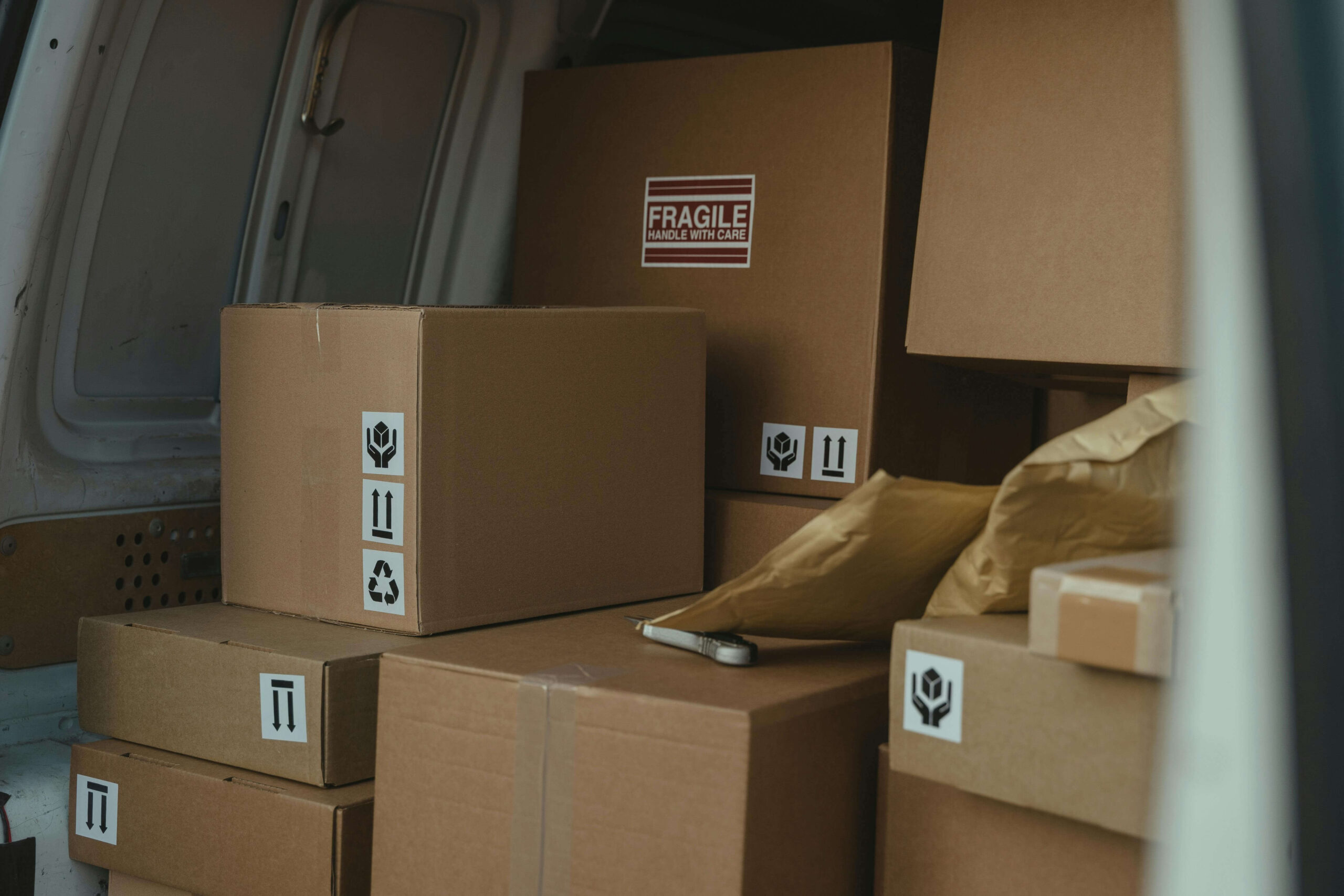
How to Choose the Right Ecommerce Fulfillment Partner
The partner you choose will affect everything from shipping speed to how often you deal with customer complaints. Before locking into a contract, get clear answers to questions like:
- Do they integrate with your ecommerce platform (Shopify, WooCommerce, BigCommerce)?
- Can they fulfill orders across multiple channels—Amazon, Walmart, your own site, etc.?
- What’s their average pick/pack and shipping turnaround?
- Can they ship internationally and handle customs efficiently?
- How do they manage returns and restocking?
You want a partner who can grow with you, not one you’ll outgrow in six months.
Tools like ShipBob, Flexport, Easyship, and ShipMonk are built for scale and visibility. I’ve helped clients migrate to these platforms and the difference was night and day: fewer errors, more accurate tracking, and fewer support tickets from confused customers.
I’ve worked with sellers who wasted years trying to cut costs by doing everything themselves. They packed boxes at 2 a.m., manually printed labels, and spent weekends handling returns.
And I’ve seen others scale to 7-figures within months simply because they outsourced fulfillment at the right time. Their focus shifted from reacting to planning. That made all the difference.
So here’s what I believe: Your ecommerce fulfillment strategy is a reflection of how serious you are about your business. It touches everything, from your margins to your reputation.
If you treat it like an afterthought, it will eventually become the bottleneck that slows you down. But if you treat it like the growth engine it really is, it will open doors to markets, margins, and momentum you never thought possible.
Fulfillment isn’t where you cut corners. It’s where you double down. It’s where scaling begins.

